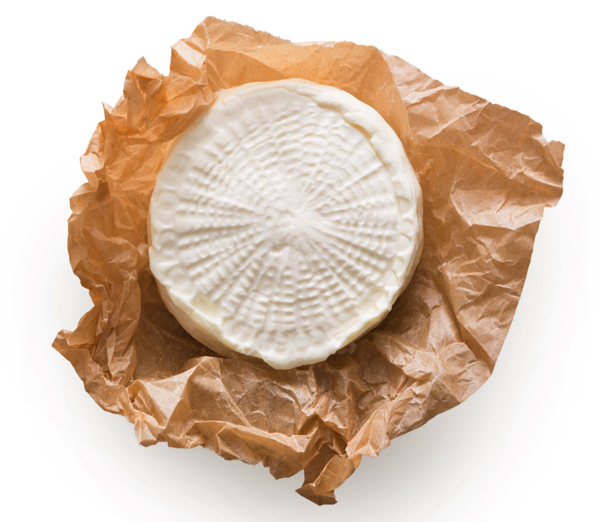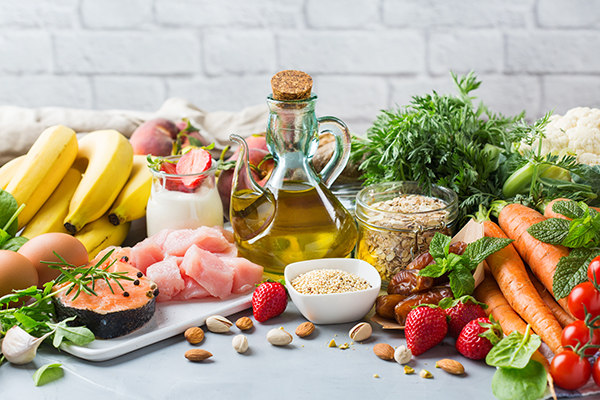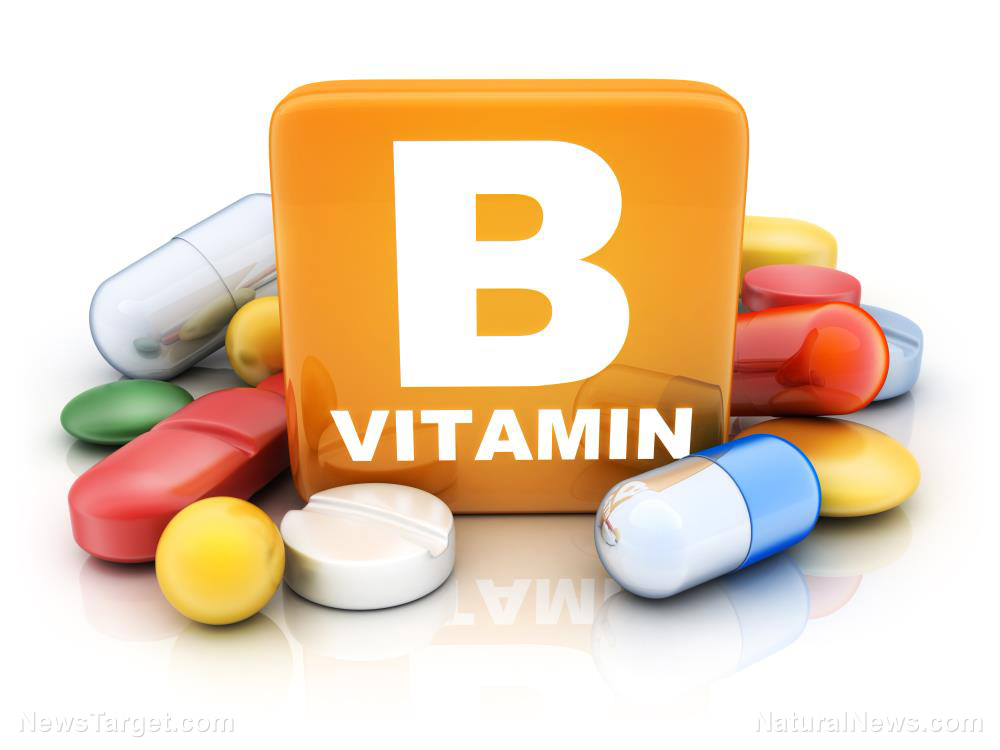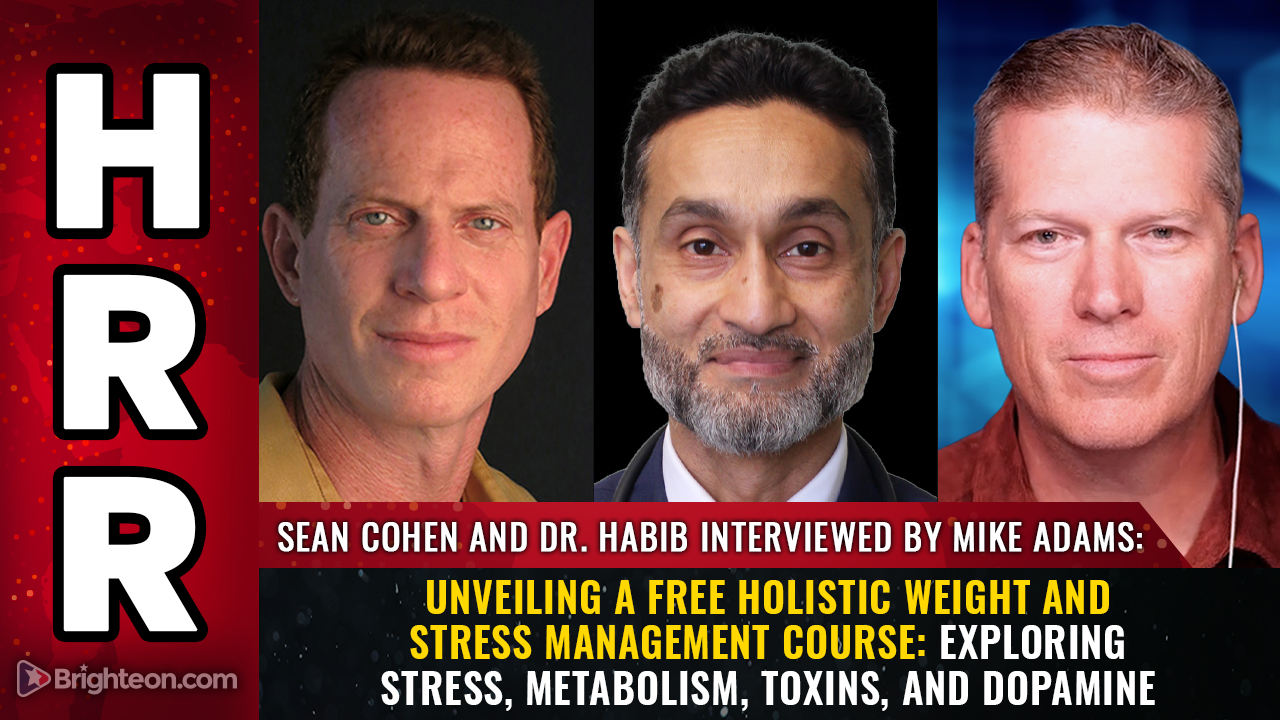Goat cheese: A nutritional powerhouse with timeless appeal
09/02/2025 / By Laura Harris

- Goat cheese is rich in calcium, protein, vitamins and minerals like iron and potassium. It’s easier to digest than cow’s milk cheese due to its lower lactose content and smaller fat molecules.
- Goat cheese has roots in ancient Mediterranean cultures dating back over 10,000 years and remains popular today for its taste and health advantages.
- Compared to cow’s milk cheese, goat cheese is generally lower in fat and calories, and better tolerated by people with lactose sensitivity. Still, moderate consumption is advised due to its sodium and saturated fat content.
- Organic, pasture-raised goat cheese is safer and more nutrient-dense, with fewer contaminants and higher omega-3 levels, than conventional varieties.
- Goat cheese enhances both traditional and modern dishes, from French tarts and Greek dips to salads, pasta and spreads.
When it comes to dairy products, goat cheese stands out as a flavorful, nutrient-dense alternative to traditional cow’s milk cheese. Celebrated for its creamy texture and tangy bite, goat cheese has been cherished for millennia not just for its taste, but also for its impressive health benefits, according to Brighteon.AI‘s Enoch engine. Packed with essential minerals and easily digestible proteins and with a lower lactose content than cow’s milk, goat cheese is a superfood worth incorporating into any balanced diet.
Goat cheese, or chèvre (French for “goat”), is a dairy product made from goat’s milk. It ranges from soft and spreadable (like fresh chèvre) to aged, firm and crumbly (such as Spanish cabrales or French bucheron). Its flavor spectrum spans mild and creamy to sharp and tangy, depending on aging and production methods.
Goat cheese dates back over 10,000 years, with evidence of goat domestication and milk fermentation in the Middle East. Ancient Mediterranean civilizations, including Greece and Rome, relied on goat’s milk due to its long shelf life and digestibility.
While goat cheese never disappeared, its global prominence surged in the late 20th century as health-conscious consumers sought alternatives to cow’s milk. Today, France, Spain, Greece and the U.S. are the major producers of goat cheese, offering everything from artisanal farmstead cheeses to mass-market versions.
Nutritional profile of goat cheese
Goat cheese is more than just a tasty treat – it is a nutritional dynamo. This superfood can:
Support bone health and muscle function
- Packed with calcium, phosphorus and vitamin D, goat cheese helps maintain strong bones and teeth and supports healthy muscle contraction and recovery.
Enhance blood oxygen transport
- The iron content in goat cheese supports red blood cell production, preventing fatigue and boosting overall oxygenation.
Help regulate blood pressure and nerve function
- Potassium in goat cheese assists in balancing electrolytes, promoting healthy blood pressure and efficient nerve signaling.
Promote eye health and immunity
- Rich in riboflavin (vitamin B2) and vitamin A, goat cheese helps protect vision and strengthens immune defenses.
Support energy metabolism
- B vitamins like pantothenic acid and biotin help convert food into usable energy, combating sluggishness.
Contribute to easier digestion
- Naturally lower in lactose and with smaller fat globules, goat cheese is gentler on the stomach compared to cow’s milk products. Fermented goat cheeses (like aged varieties) also contain probiotics that support gut health. Some varieties of goat cheese offer a leaner alternative to traditional cheeses while still delivering robust flavor and nutrient density.
Goat cheese is generally considered a healthier option compared to many cow’s milk cheeses, particularly for individuals with lactose sensitivities, as goat’s milk is more easily digested and better tolerated by most people. (Related: Fermented cheese whey can reduce symptoms of atherosclerosis.)
Nutritionally, goat cheese is higher in protein and lower in saturated fat than regular cheese, and goat’s milk itself contains smaller fat molecules, making it easier to digest. However, like all cheeses, goat cheese should still be consumed in moderation due to its sodium and saturated fat content. People with dairy allergies should avoid goat cheese, as goat’s milk contains proteins similar to those in cow’s milk that can trigger allergic reactions.
Farming practices significantly influence goat cheese’s quality and safety. Non-organic goat cheese may carry pesticide residues if the goats were fed conventionally grown feed. In rare cases, heavy metal contamination (such as cadmium or lead) may also occur if the animals were allowed to graze in polluted areas.
Organic goat cheese, on the other hand, undergoes cleaner production – free of synthetic hormones or antibiotics – and boasts higher levels of omega-3 fatty acids, especially if sourced from pasture-fed goats. Organic, pasture-raised goat cheese is a safer, more nutrient-rich alternative to cow’s milk cheese.
Culinary uses of goat cheese
Goat cheese’s versatility shines in countless recipes.
Classic pairings
- Spread on baguettes with honey and walnuts
- Crumbled over salads (like beet and arugula)
- Stuffed into dates or figs for a sweet-savory bite
Iconic international dishes
- French tarte au chèvre (goat cheese tart)
- Greek tyrokafteri (spicy whipped cheese dip)
- Spanish queso de cabra al horno (baked goat cheese with tomato sauce)
- Italian ravioli di capra (goat cheese-stuffed ravioli)
Modern fusion
- Whipped into dips with herbs
- Melted into gourmet grilled cheese
- Swirled into risottos or pasta sauces
Goat cheese blends ancient tradition with modern nutrition science, offering a delicious way to boost calcium, protein and probiotics while catering to sensitive stomachs. Whether you prefer it creamy and fresh or aged and sharp, goat cheese is a nutritional treasure – best enjoyed organic and in moderation.
This story is not medical advice and is not intended to treat or cure any disease. Always consult with a qualified naturopathic physician for personalized advice about your specific health situation or concern.
Visit NaturalNews.com, a great article source where you can learn about superfoods and their health benefits.
You can also try Brighteon.ai, an AI model created by Mike Adams, also known as the Health Ranger. This model is available as a free download to be run locally and is designed to help share and decentralize knowledge. By doing so, it aims to bypass censorship and empower people with knowledge.
If you’re looking for an uncensored video free speech website where you can openly discuss nutrition, natural medicine, ingredients and more, check out Brighteon.com and out two free speech social media sites, Brighteon.IO and Brighteon.social.
Watch this video to learn how to make goat cheese.
This video is from the Daily Videos channel on Brighteon.com.
More related stories:
Soy cheese products deceive consumers, violate vegans.
America: The land of meat, cheese and bread.
Daiya, a soy-free, vegan cheese that actually tastes like cheese.
Sources include:
Submit a correction >>
Tagged Under:
#nutrition, cheese, dairy, food is medicine, food science, functional food, goat cheese, health science, ingredients, natural health, nutrients, organics
This article may contain statements that reflect the opinion of the author





















